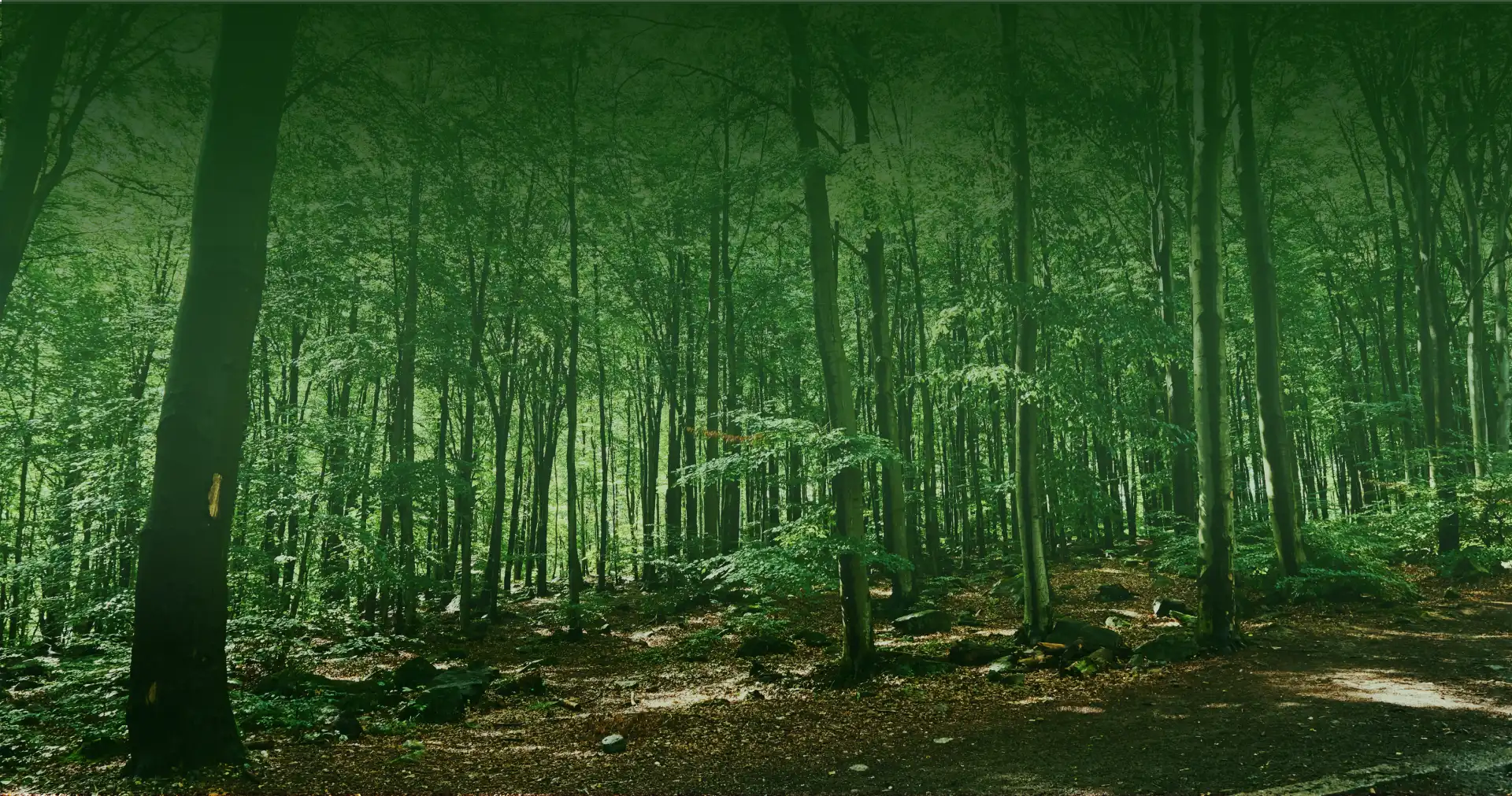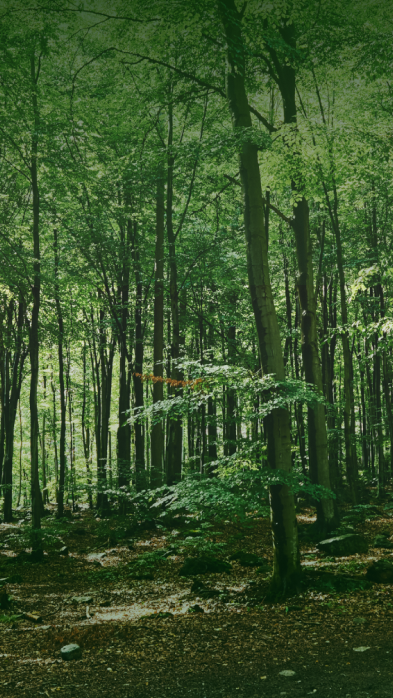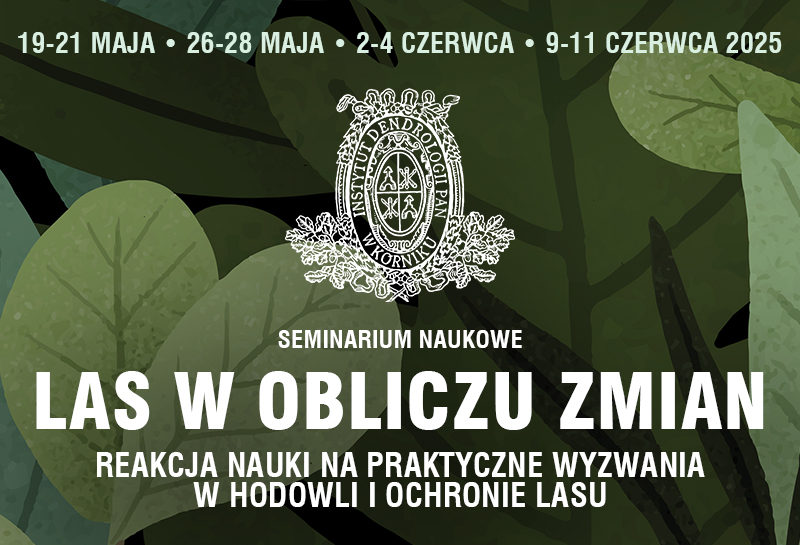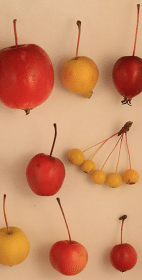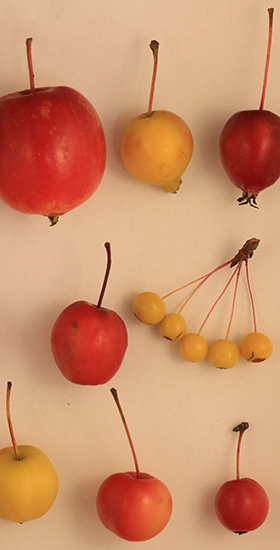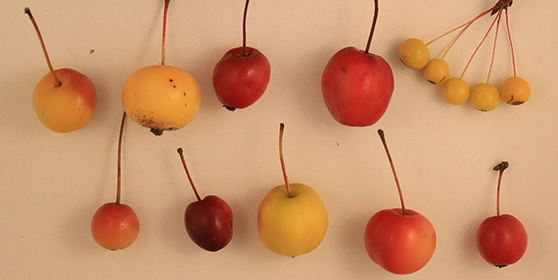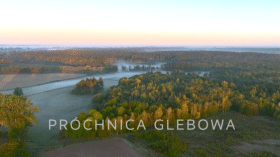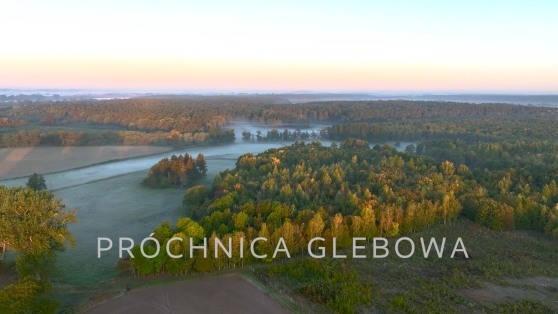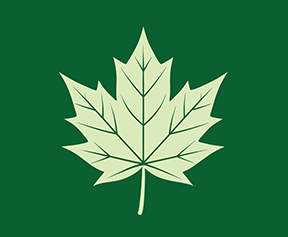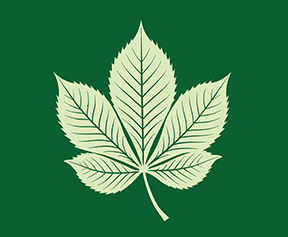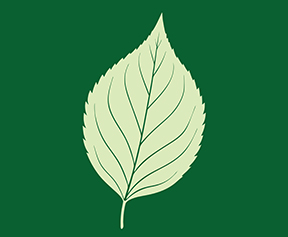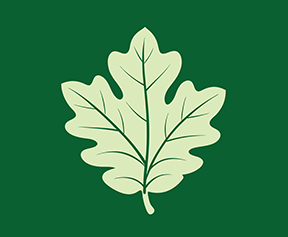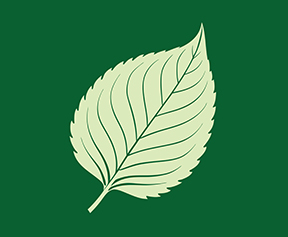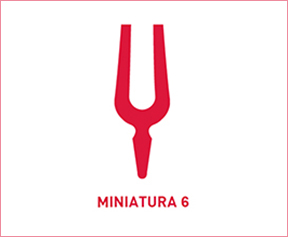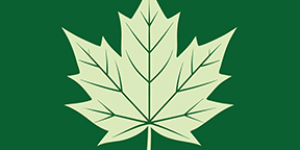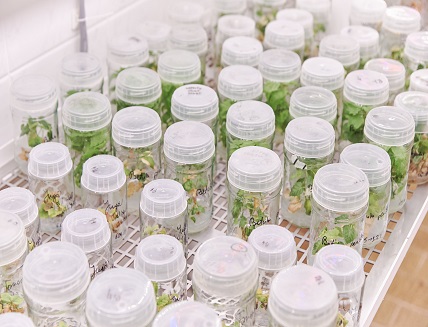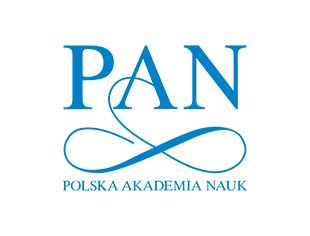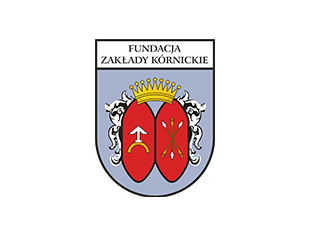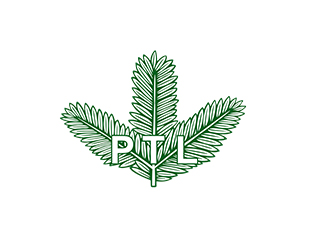Abstract: Due to the deterioration in the health condition of Norway spruce on the IPTNS-IUFRO 1964/68 observation plots in Krynica (Poland), there was an urgent need to determine the cause of the decline in order to design preventive measures. For this purpose, a health inventory was carried out in the years 2002 and 2003. This included an assessment of the condition of crowns in 144 trees and a thorough examination of 29 felled trees. It was found that individual trees or groups of trees have declined in some blocks of the experiment. The tops of some trees were dying and the crowns were getting transparent. The discolouration (turning brown) of needles was quite common and even green needles were shed. Some of the roots showed symptoms of necrosis and died. Seven taxa of pathogens were isolated from the diseased roots and trunk parts of spruces, among them Phytophthora citrophthora, Fusarium avenaceum, F. solani and Trichoderma. The number of diseased trees was related to provenance. The provenances Babenhausen (Germany), Frantiskovy Lazne (Czech Republic), Traunstein 1/4 D, 6 A, B, 7 A (Germany), Wundsiedel-Weissenstadt (Germany), Mestwinowo (Poland), and Magland (France) proved to be more susceptible than others to fungal pathogen attack.
Additional key words: Norway spruce, fungal infection, spiral disease









